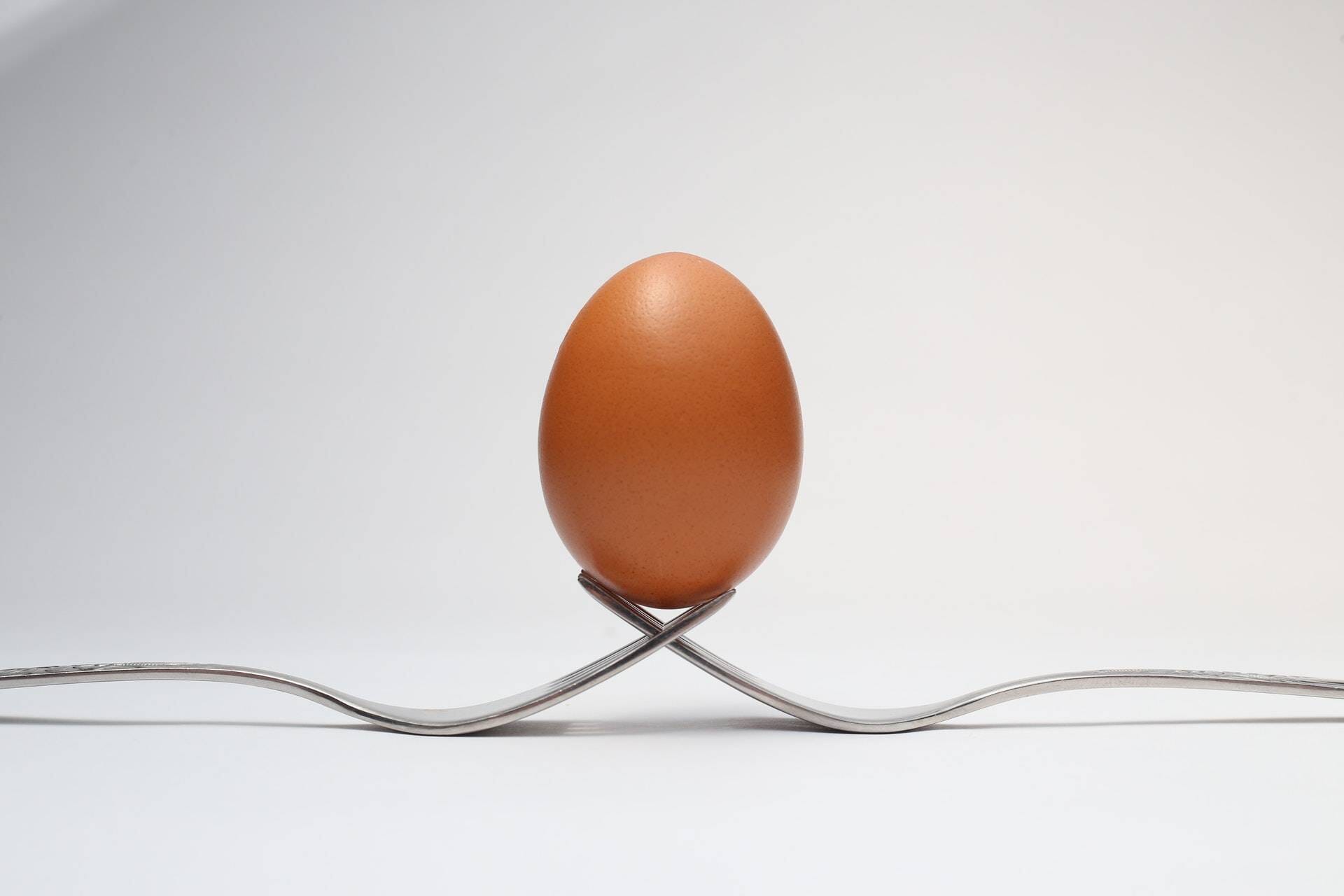Faded plastic trim doesn’t look good on a Jeep. It makes it look older than it actually is. If the black plastic trim on your Jeep SUV is fading, don’t fret! There are steps you can take to restore it to its original look.
★★★★★ "Liquid gold!!!! We have a 2008 Jeep Commander and have always had an issue with the bumper and all the plastic trimming that would turn like a chalk white overtime. I have used many products trying to restore the finish on the plastic and nothing has worked. I just received my Plastic Restore from Torque and this product is amazing I applied it about a week ago and the jeep looks brand new again!!
Blown away with these results! That old, faded plastic looks brand new now! Highly recommend Plastic Restore.
Why Does Black Plastic Fade On Jeeps (And What Fades)?
The black plastic trim on the fenders, bumpers, and body cladding of most Jeep SUVs is made from polyethylene (PE) and polypropylene (PP), both of which slowly break down when continuously exposed to the sun’s ultraviolet rays, rain or snow, wind, and other atmospheric pollutants.
How To Prevent Plastic From Fading On Jeeps
You can prevent the fading of the plastic surfaces on your Jeep by protecting it from the elements, moisture, dirt, and other harmful contaminants. Worth noting is that it’s harder and more expensive to restore or protect black plastic that’s already fading, so ideally, you should start fade prevention even when the black plastic on your Jeep is still in great condition.
Avoid Grimy Substances
Undoubtedly, your Jeep is built to shine in muddy situations, but you shouldn’t let that mud and other contaminants like asphalt, road salt, and grime stay on your SUV’s black plastic for long. These contaminants cake up and draw moisture from the black plastic, leaving it more vulnerable to the harmful effects of the sun. Do your best to remove all caked-up dirt from your Jeep’s exterior as soon as you can.
Use A UV Plastic Protective Solution
It’s also wise to coat your Jeep’s black plastic with a product that blocks the sun’s ultraviolet rays. The ideal UV-protection product is one that shuts in the moisture in the plastic while preventing the penetration of UV rays. One such product is Torque Detail’s Plastic Restore. This product acts as a sealant that keeps moisture in the plastic, while also serving as an effective UV protectant that prevents long-term fading.
Avoid Parking Your Jeep In The Sun
Another thing you can do to prevent fading of your Jeep’s black plastic surfaces is to avoid parking in the sun. When you allow the sun to beat down on your Jeep for hours or even days at a time, you allow the acceleration of the fading process. The sun's rays and heat weaken the plastic, and they also cause the oil and moisture in the plastic to evaporate.
Park your Jeep in a garage, or if you have to park it in a driveway or on the road, cover it with an appropriate car cover. When choosing parking spots, opt for those in shaded areas.
Ways To Restore Black Plastic On Jeeps - Bumpers, Fenders, Trim, And More
If your Jeep’s black plastic fenders, bumpers, and exterior trim are already faded, here are several ways to restore them.
Restoring Black Plastic In A Pinch: The Torque Method
One quick and effective way of restoring your Jeep’s black plastic is by using Torque Detail’s Plastic Restore. With its advanced nanotechnology, this product permeates plastic and reconstitutes its molecular structure, restoring the plastic to its original state.
When using Torque Detail’s Plastic Restore, you should first wash and dry off the surface of the black plastic. After that, spray the Plastic Restore liberally onto the surface of the plastic and let it sit for at least a minute to allow it to permeate the plastic. Then, wipe off any excess fluid using a microfiber towel.
The Heat Gun Method
A heat gun can also help to restore a Jeep’s black plastic. The heat from the heat gun causes the oils in the plastic to rise to the surface, and in doing so, it restores the plastic’s original look.
When using a heat gun, you must also clean the surface of the black plastic before starting the heating process. If you don’t do that, you could end up embedding dirt particles into the black plastic.
Invest in a high-quality heat gun. Also, make sure to first test it on a hidden bit of your Jeep’s black plastic trim. This will help you determine its effectiveness and which heat settings to use. When heating the surface of the black plastic, don’t focus the heat on one spot. Keep making circular motions as you heat the surface to spread the heat evenly. When you’re satisfied with the look of the plastic, turn off the heat gun and let the surface of the plastic cool down before touching it.
It’s worth noting that heating the black plastic will make it more brittle than it was initially, so it may become more susceptible to breaking or cracking when put under pressure.
If All Else Fails: Painting
Sometimes the damage on a Jeep’s black plastic trim is too extensive to restore using any of the above methods, e.g. when the black plastic has endured years and years of fading with no restoration measures being implemented. In such situations, you can try the following methods.
Type #1 - Low-Gloss Black Trim & Bumper Paint
Low-gloss black trim and bumper paint can help to restore your Jeep’s faded black plastic trim.
First, you must prepare the surface of the black trim. Clean and dry off the black plastic trim, then pour some rubbing alcohol onto a cloth and rub it into the surface of the black plastic. The rubbing alcohol will remove fillers, waxes, polishing oils, and all other oily grime on the trim. This will enable the paint to bond well with the trim.
After that, shake the can of the black trim and bumper paint vigorously and then spray it onto your Jeep’s trim while keeping the can 10-12 inches from the trim’s surface. Use back-and-forth motions to spread the paint evenly. You can apply another coat after an hour.
Type #2 - Plasti Dip
You can also use Plasti Dip to restore your Jeep’s black exterior trim. Plasti Dip, which is basically an air-dry, insulating rubber coating, is cheaper than paint and can last up to three years.
You still need to prepare the surface of the black trim before you apply Plasti Dip. Use rubbing alcohol to wipe off any grime, waxes, sealants, or polishing oils and then use automotive masking tape to tape off the areas around the black plastic trim. Be sure to cover your Jeep’s wheels and tires as well. After that, shake the Plasti Dip can vigorously and spray the product onto the faded plastic trim using back-and-forth motions. Keep the can 10-12 inches from the trim’s surface as you spray. After applying the first coat, wait at least 30 minutes for it to dry and then apply another coat of Plasti Dip. When that coat dries fully, peel off the masking tape. Any Plasti Dip that accidentally landed on your Jeep’s paint will peel off.
Type #3 - Bedliner / Raptor Liner
In addition to protecting truck beds from damage, bedliner spray restores faded black plastic. It’s tougher and thicker than Plasti Dip and so is more durable - in fact, it should last the lifetime of your Jeep.
When applying spray-on bedliner onto faded plastic trim, you need to first prepare the surface by cleaning and rubbing it down with rubbing alcohol. You then spray the bedliner evenly onto the faded plastic trim. Apply another coat for better results and leave it to dry.
Testing The Odd Methods: Do They Work?
There are many inexpensive but odd restoration myths out there for faded Jeep black plastic. To be fair, these methods do achieve some success in restoring faded black plastic trim, but most times, the restored effect doesn’t last long. Therefore, you’re better off choosing any of the above black plastic restoration methods.
Avoid #1 - Liquid Soap
Using a harsh liquid soap on your Jeep’s faded black plastic trim may seem to work, but the liquid soap will do more harm than good in the long run because it will keep drawing out the oils in the black plastic. Over time, the black plastic will therefore end up fading even more.
Avoid #2 - Peanut Butter
Undoubtedly, the oils in peanut butter can give your Jeep’s fenders a deep shine, but these oils are easily washed off when it rains or when the plastic trim gets splashed with muddy water. Peanut butter also doesn’t hold up when exposed to direct sunlight. There’s also the fact that you’ll have to keep fending off squirrels and ants when you apply the peanut butter. It's just not worth it.
Avoid #3 - Pink Eraser
A pencil eraser can help to remove any marks or scuffs on your Jeep’s black fenders and bumpers, but it can’t restore the original black look that the plastic trim had.
★★★★★ "Liquid gold!!!! We have a 2008 Jeep Commander and have always had an issue with the bumper and all the plastic trimming that would turn like a chalk white overtime. I have used many products trying to restore the finish on the plastic and nothing has worked. I just received my Plastic Restore from Torque and this product is amazing I applied it about a week ago and the jeep looks brand new again!!
Summary
The bottom line is that your Jeep’s black plastic trim can be restored to its original look, and with relatively little expense and effort. However, it would be even better for you to start doing what you can to protect the black plastic trim while it still looks great - that way, you’ll prevent the fading and save yourself a lot of money in the long run.







